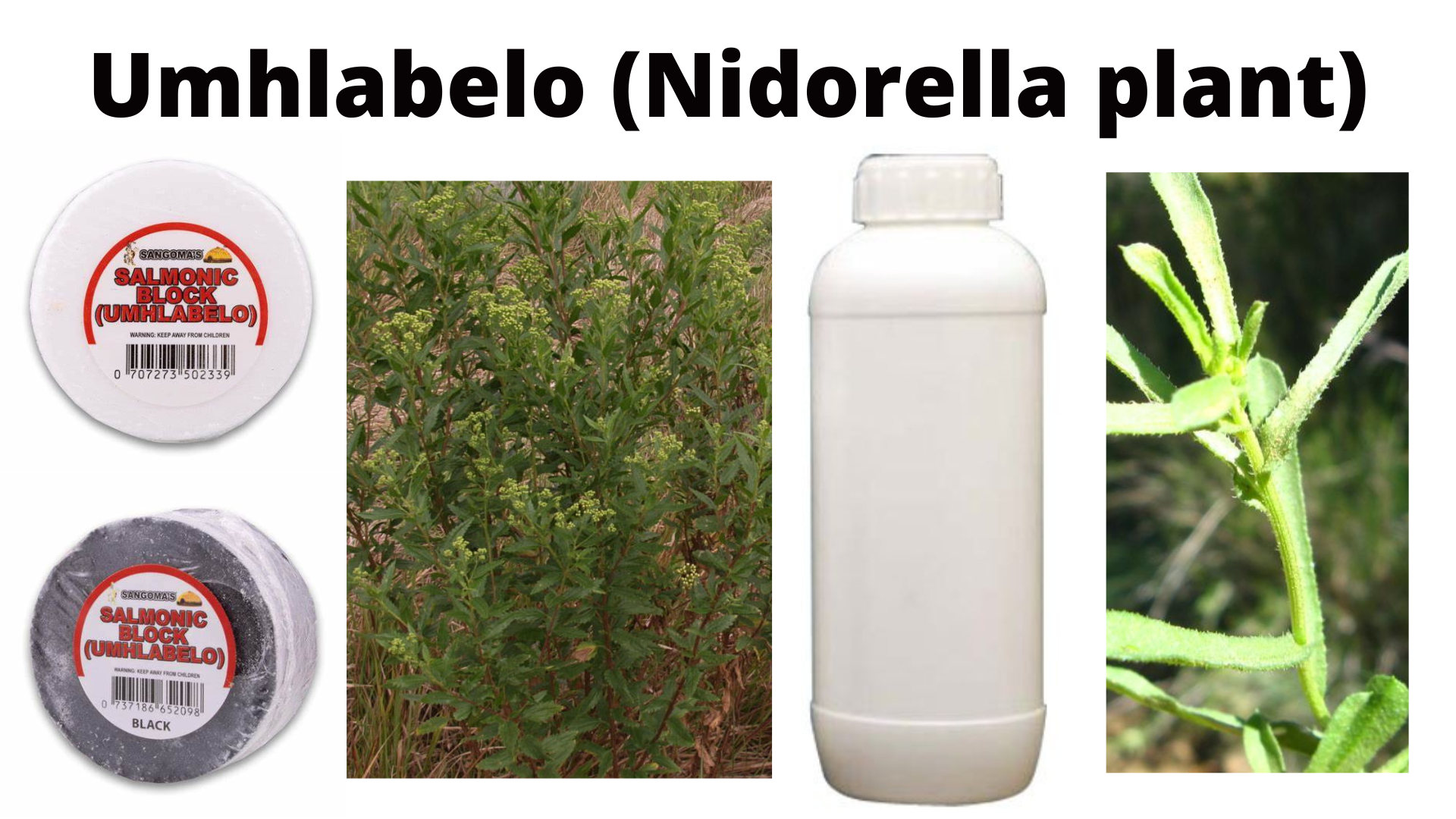Family: Portulacaceae
Scientific name: Talinum caffrum
Authority: (Thunb.) Eckl. & Zeyh
Common names: umhlabelo (Zulu), porcupine root (English), osbossie (Afrikaans)
A qualitative study done by Ramchundar and Nlooto (2020) on the different types of treatments for bone fractures reported the scientific name for umhlabelo as Talinum caffrum from the Portulacaceae family.
In traditional medicine, umhlabelo is considered one of the best treatments rheumatisms, fragile bones, and bone fractures.
- It is used to treat dislocations, fractures, sprains, and strains
- It repairs and strengthens bones.
- It reduces muscle cramps.
- It treats lower back pain and inflammation
- It speeds up the healing process for open wounds, sores, operations, and broken bones.
Umhlabelo can be sold as a manufactured product at a pharmacy or supermarket or shop. It can also be sold as the raw products (in the form of roots or leaves) at a traditional medicine market. This article will briefly explore the various forms and uses of manufactured and raw umhlabelo products.
The manufactured products
The manufacture version of umhlabelo exists in various forms, namely, the tonic, powder, and block.
- The tonic – is the most commonly occurring form of umhlabelo. One spoon of the tonic is mixed with water and taken as a drink.
- The powder – exists as a white and black powder. The powder can be mixed with either food or drinks and then consumed. For example, one spoon of the white powder can be added to soup and one teaspoon of the black powder can be brewed with tea.
- The salmonic block – looks similar to a camphor block. The block exists in two colours, black and white. It can be used in a concoction to make a cleanser, known as isiwasho in Zulu, that is used for bathing. It can also be used as an ointment.
The raw products
The raw version of umhlabelo exist as the roots and leaves sold at the different traditional medicine markets. The roots and leaves are be prepared in various ways to treat the abovementioned conditions. The following uses are taken from the study by Ramchundar and Nlooto (2020).
The leaves
- The leaves are boiled in water and the decoction is taken orally. One cup is taken twice a day for two weeks to treat fractures. One cup is taken twice a day to treat or prevent rheumatism.
The roots
- Finely chopped roots are boiled in water to make a concentrated tonic. After boiling allow the mixture to sit for 8 hours. Strain the liquid and take one tablespoon orally three times a day to treat dislocations, fracture, and sprains.
- The roots and leaves are sun dried, ground to powder, and added to water or soup that is taken orally twice a day to treat lower back pain, sprains, and fractures. The mixture is also administered as poultice.
- The roots are boiled in water and one cup taken orally twice a day to treat fractures and fragile bones.
Reference
Ramchundar, N. and Nlooto, M., 2020. A COMPARATIVE QUALITATIVE STUDY OF THE TYPES OF TRADITIONAL TREATMENT OF FRACTURES BY TRADITIONAL HEALTH PRACTITIONERS IN KWAZULU-NATAL, SOUTH AFRICA AND THE NORTH ISLAND OF NEW ZEALAND: A SURVEY-BASED STUDY. International Journal, 76(12/1).
Safety precaution
The use of traditional medicine in prescribed dosages will yield good results. Misuse and abuse may lead to complications. To learn about correct dosage, consult a traditional healer or a herbalist. You can also visit imithiyesintu.co.za or email: info@imithiyesintu.co.za to learn more about traditional medicine.

